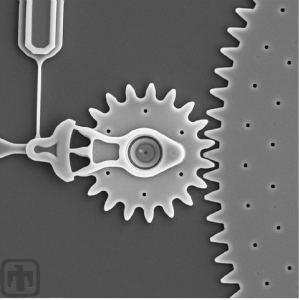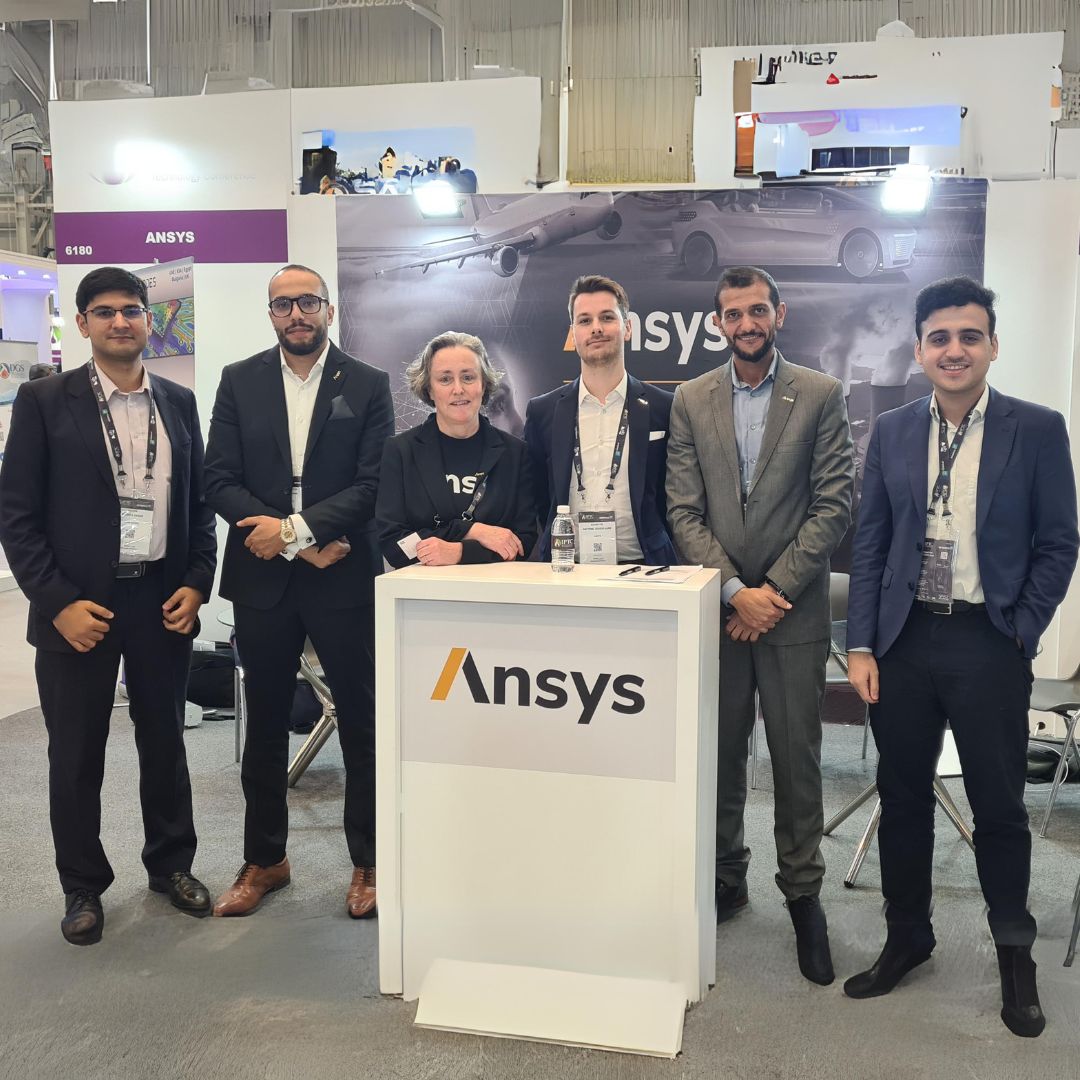Using Simulation to Address MEMS Design Challenges
When I think of the Internet of Things, I mostly think about the sensors and MEMS devices that make it all work. These tiny devices, often just a few micrometers to a millimeter across, see, hear and measure their immediate environment, either continuously or when asked, triggering an action or recording the data and sending it someplace else. MEMS sensors include gyroscopes, accelerometers, micromirrors, and tiny pressure, humidity, and temperature sensors. Just in my immediate vicinity, there are MEMS sensors in my fitness tracker, smartphone, laptop, and electronic kettle. MEMS sensors are integral to Connected Soldiers and Connected Cars.

To fulfill their jobs at the human-IoT interface, micro-electro-mechanical systems have to function as expected, when expected. Designers and manufacturers need to be confident that their sensors and MEMS devices deliver this performance despite their tiny size and complex functions, and while under pressure to get new, innovative products to market quickly. Fortunately, simulation can help designers address these challenges. You can learn more at our IoT: Modeling Sensors and MEMS with Ansys webinar on June 16.
The thing I find most fascinating about MEMS, — their tiny size —is a big challenge in manufacturing and testing. Sandia National Laboratory has some awesome photographs of MEMS devices, in several cases alongside spider mites, that show just how tiny and complex MEMS devices can be. Other technologies, especially 3-D printing and advanced semiconductor manufacturing techniques, are helping address the manufacturing challenges that happen at these length scales. Trying to physically build tiny prototypes and then accurately measure performance is difficult at best. Fortunately, simulation is not inhibited by the small size and can yield insight where physical testing cannot.

This insight is important because MEMS devices are complex. Their function depends on the interactions between mechanical and electrical forces. Trying to observe and physically measure these forces to access performance is complicated. Optimizing performance without reliable performance data is nearly impossible. Fortunately, simulation can capture the interactions between mechanical and electrical forces, model how the MEMS device works, and reliably predict function and performance. MEMS simulations are done with Ansys software especially benefit from the complex physics and physics interactions that can be accurately modeled and understood.
This insight is important because MEMS devices are complex. Their function depends on the interactions between mechanical and electrical forces. Trying to observe and physically measure these forces to access performance is complicated. Optimizing performance without reliable performance data is nearly impossible. Fortunately, simulation can capture the interactions between mechanical and electrical forces, model how the MEMS device works and reliably predict function and performance. MEMS simulations done with Ansys software especially benefit from the complex physics and physics interactions that can be accurately modeled and understood.
Data for each design can be used to optimize the overall design to ensure product integrity. This is important because sensors and other MEMS devices have to work reliably under a wide range of conditions and possible catastrophes. The same Sandia National Laboratory Site has videos showing MEMS devices being stomped on by aphids and ransacked by a spider mite. The reality is that MEMS devices may need to stand up to actual little bugs and also heat, humidity, vibration, and corrosive gases, depending on their function. Some MEMS may even need to survive catastrophic conditions to fulfill their missions — think about MEMS in space or sensors that monitor air after an accident. It takes a prohibitive amount of time and money to physically test more than a few conditions, so MEMS designers and manufacturers need to prioritize their scenarios. Unfortunately, something may be missed during the few tests they actually run. Simulation combined with optimization allows large ranges of operating conditions or environmental factors to be examined for impact on performance. By using simulation to design MEMS, new ways of overcoming limitations can also be easily explored, enabling innovation.




